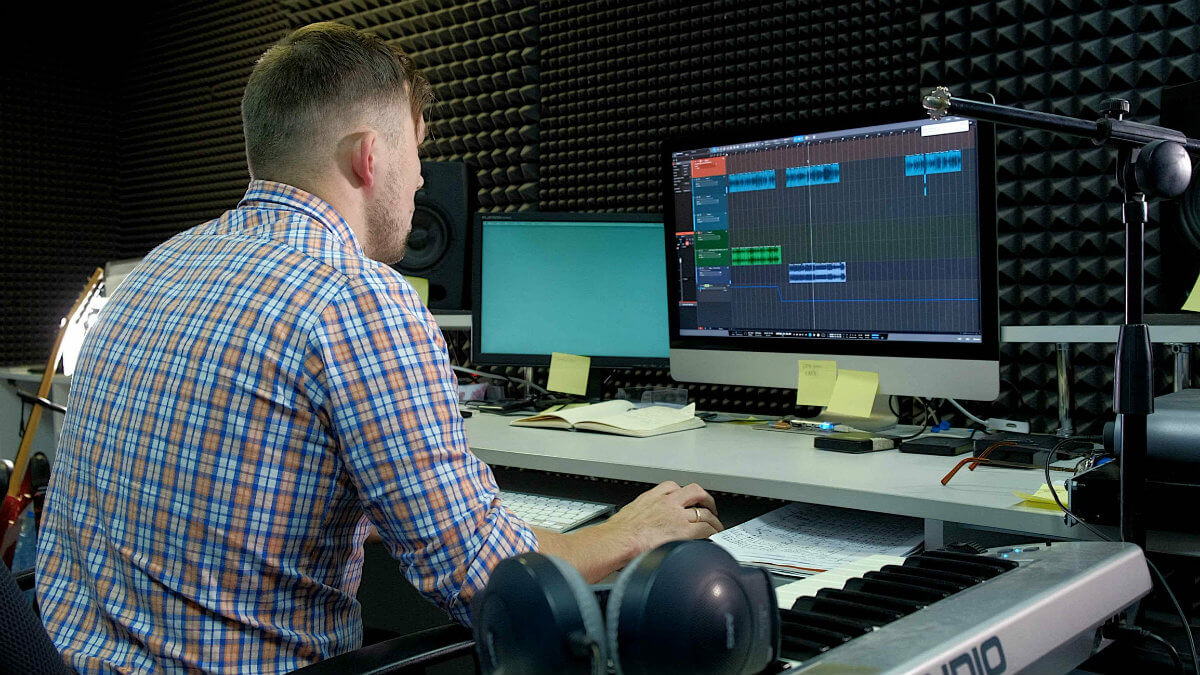Audio is a popular format for spreading useful knowledge. Although this format is handy for listening on the go, there may be problems if you want to make a note of something you have heard verbally in written form.
Since there is an increase in audio content, transcription is crucial for conserving content and expanding your audience. Fortunately, you can automate transcription and transform any audio to text in a matter of minutes.
We’ll discuss various transcription techniques in this article and assist you in selecting the one that works best for you. Continue reading to learn different techniques!
Various Techniques to Convert Audio into Text
You may follow the guide given below to convert your required audio into text format quickly and easily.
Using Google Docs
Officially, Google Docs don’t offer a transcription feature. However, if you don’t need a perfect transcription, you may try using the voice typing function to transform an audio file to text by adhering to the instructions below.
- Launch Google Docs and choose the Tools option.
- Then select Voice typing.
- Play the audio recording. Make sure there isn’t any background disturbance.
- The content from the dictation will be entered into a new document by Google Docs.
Using in-build software of Mac
Mac users can rejoice as Mac comes with pre-installed software that can transcribe audio files. The following instructions will show you how to convert audio recordings to text on the Mac:
- Launch the System Preferences window.
- Choose Dictation and Speech (a microphone icon). Turn on Dictation.
- Also, tick the Use Enhanced Dictation option in order to transcribe the audio file with real-time input.
- Verify that a shortcut key is chosen and the file language is chosen. The modifications are immediately saved. Then, shut the window.
- Now, using any text editor, start a new document. To activate the dictation function, hit the selected shortcut key.
- Play the audio recording that you want to transcribe. Make sure there isn’t anything disturbing the audio in the background.
- To view the results and store the documents in the required format, click Done.
Using an in-build setting of Windows
Windows has a feature named “Speech Recognition” that is similar to Mac’s. On any version of Windows after Windows Vista, perform the following actions to convert chosen audio to text:
- Click Control Panel from the Start Menu (the Windows logo) in Windows 7 or prior versions. In the Cortana Search Bar on Windows 8 and 10, enter control, then choose Control Panel.
- Choose the Ease of Access option. Select Speech Recognition from the menu. The Set up a microphone choice here should not be selected because doing so will take you to the troubleshooter.
- Select Set up a microphone from the speech recognition window. Click Next after choosing the appropriate microphone type from the selection.
- After following the prompts in the “Microphone Setup Wizard,” select Next. Then, adjust the volume of your microphone, and select Next.
- Your microphone is now configured, according to the “Microphone Setup Wizard.” Then, select Finish.
- The “Speech Recognition” window is now displayed in the setting process. Click the “Train your computer to better understand you” option and then adhere to the prompted directions. If you want more accurate transcription, this is crucial.
- A completion screen shows after voice training with the current microphone is finished. Click Next to proceed.
- Click Send or Don’t Send to indicate whether you want to send Microsoft voice data or not. Now, use any text editor to launch a new file.
- Now, speak “Start listening” and then “Dictation”. Play the audio recording you want to transcript next to the computer’s microphone.
- When you’ve finished transcription, say “Stop.” Then, save the document in the format you want.
Using third-party software
Another choice for transcription is automatic audio transcription software. These software programs are made to automatically create text transcripts of videos as well as audio files using cutting-edge speech recognition technology. For dictation purposes, this technique is particularly popular.
Even though automatic transcription is frequently quick and inexpensive, it can occasionally be inaccurate, particularly if the audio content is complicated or contains a lot of accents. If you decide to use automated transcription, it’s a good idea to go back and review the final transcript file for any mistakes.
There are a plethora of transcription software available in the market. You may download and install any on your system based on your requirements. Here are some of the best software for converting audio files into text formats.
- Temi
- HappyScribe
- InqScribe
- SpeechNotes
- GoTranscript
Conclusion
A useful feature that makes it simple to edit and examine your voice notes, audiobooks, and podcasts is audio file conversion. Simply by transforming the audio to text, you can make useful references to useful information that helps make it simpler to recall. This blog should have assisted you in making your own notes and references that you can access from any location and on any device.

